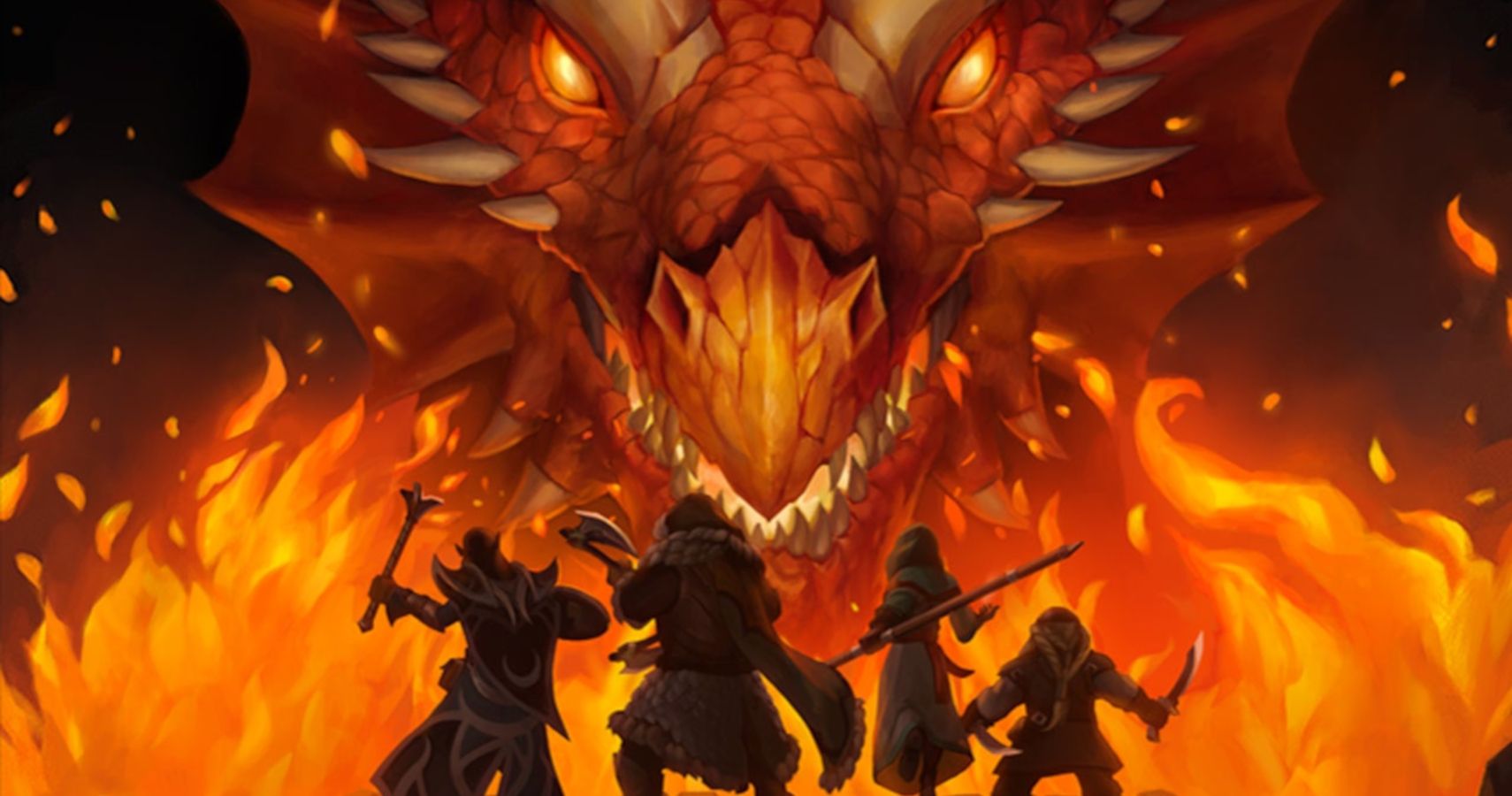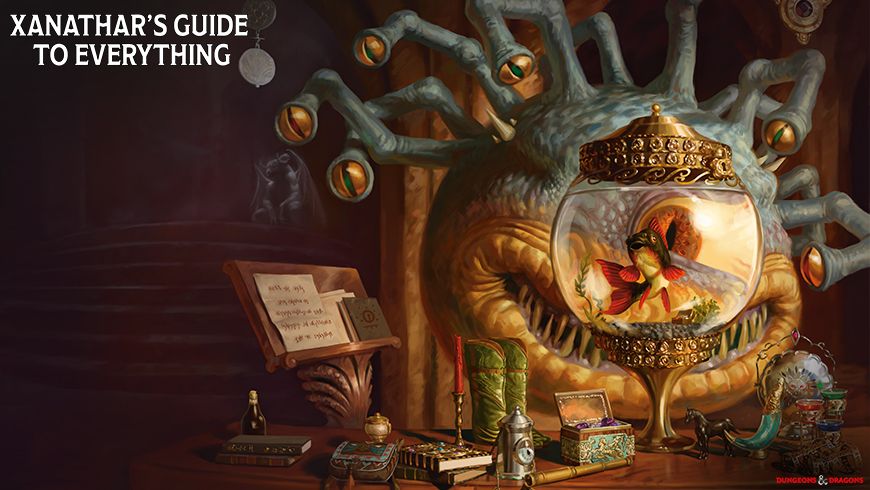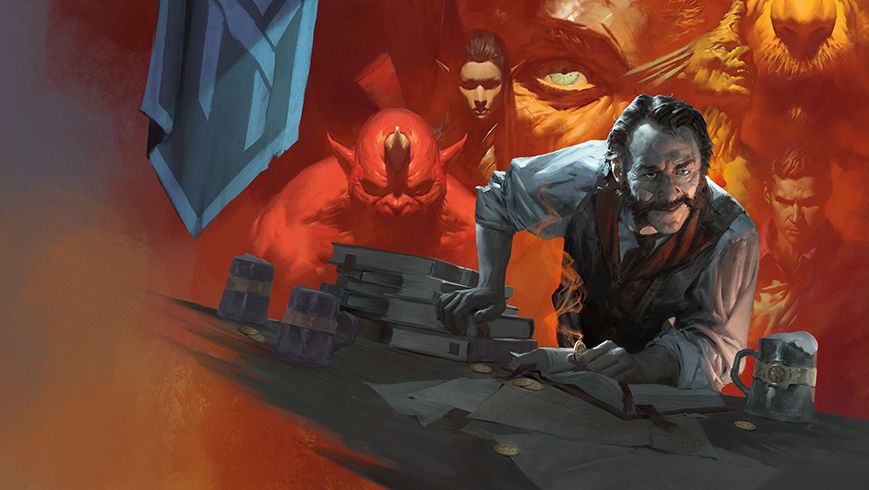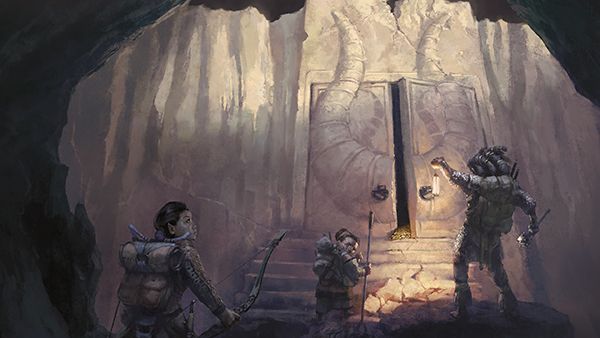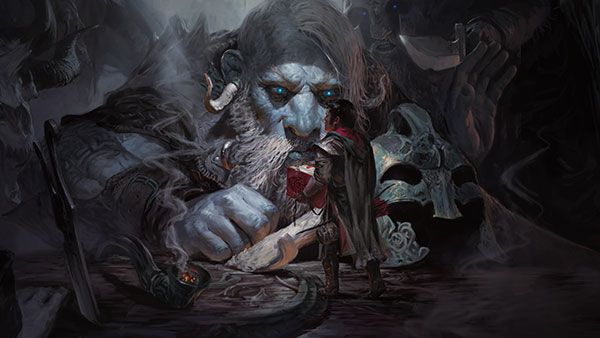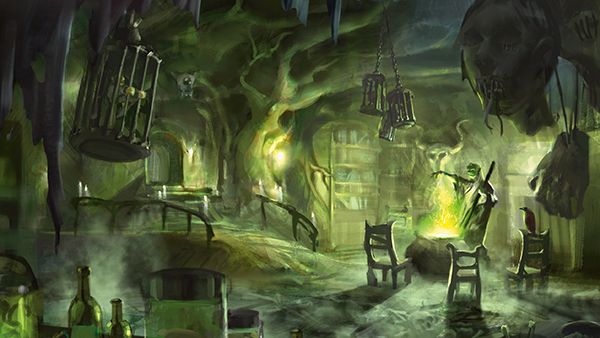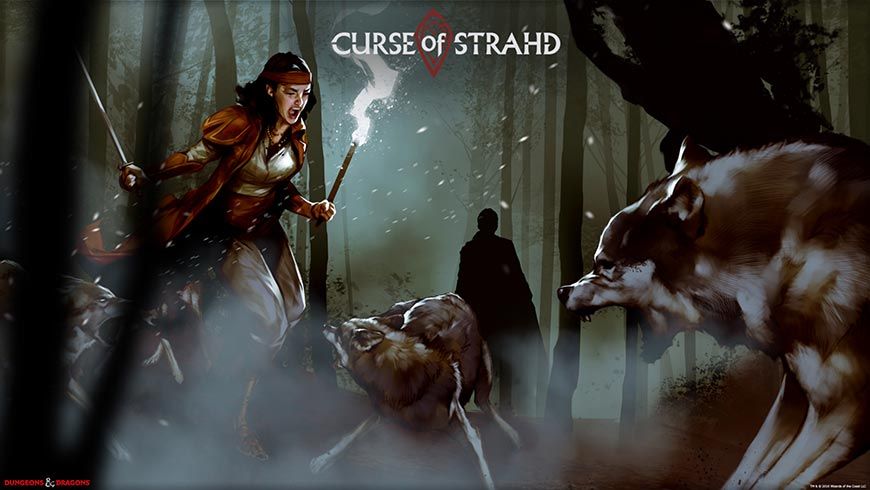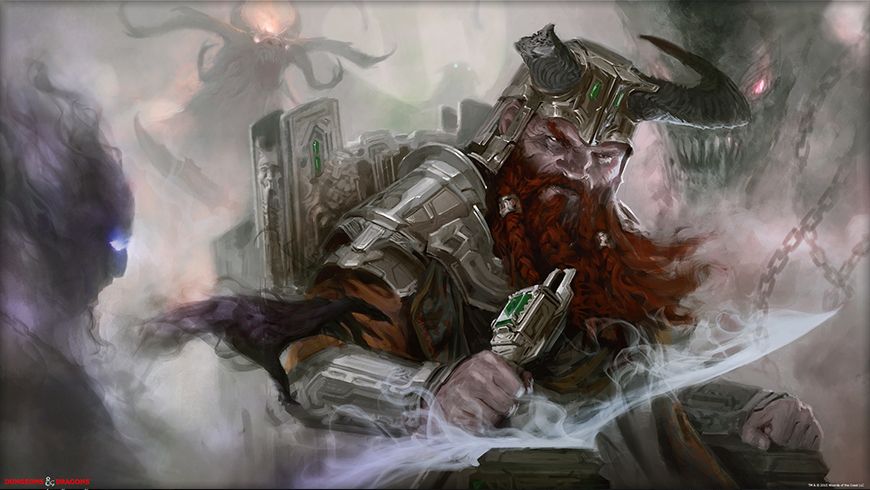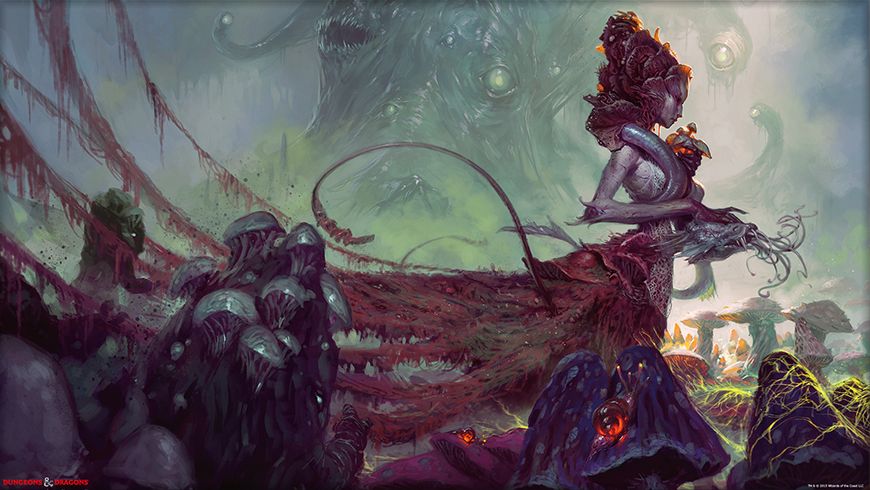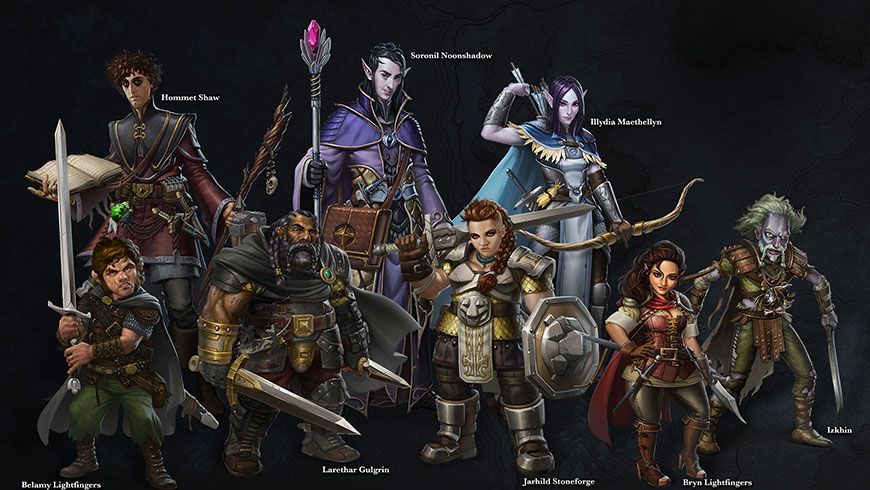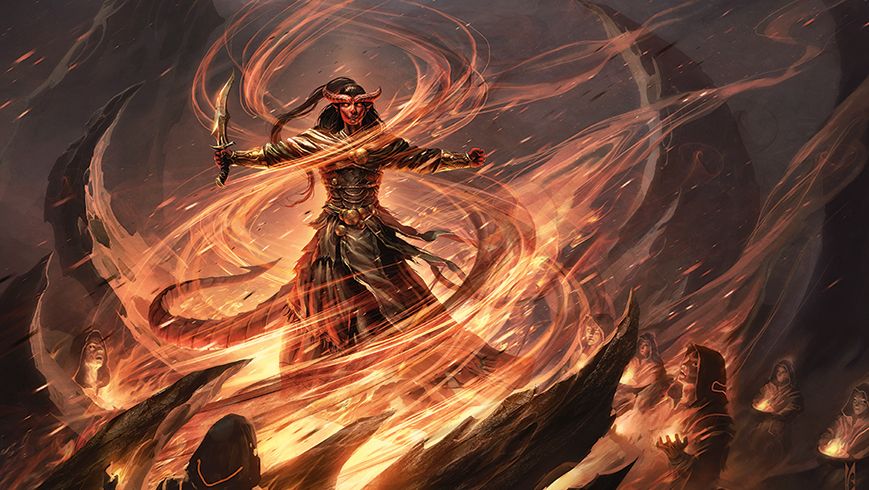One of the biggest parts of playing Dungeons and Dragons is role-playing. It is a role-playing game after all! However, some people can find this aspect of the game difficult. This could be due to anxieties, insecurities, or just inexperience. Others have difficulties with it because they want to slip into a character that might be quite different than themselves. It can be a tricky thing to do because essentially, what you’re doing is trying to act like someone you’re not. Since not everyone is an actor or comfortable in front of others, this can really get in the way of having fun during sections where everyone is interacting in character. So here are ten tips to help you become a better role player.
10 Start With A Backstory
We as people are shaped by our experiences. The same is true with the characters you create because they are people too! Imaginary people, yes, but people all the same. So think about the character’s background: did they have a good, safe upbringing with a loving family or a rough and tumble one, forced to fend for themselves? The former might lead a character to be trusting and naive while the latter might produce someone who is street-wise and cynical. To tease out the aspects of your character's personality, focus on life events that might have shaped them and their outlook on the world.
9 Use Your Interests As Inspiration
If you’re not sure about how to create a whole life for a person, there's no shame in basing your character’s personality on figures from your interests. Comic books, movies, video games, literature, history, and mythology all have countless characters in them that can serve as a base for the D&D character you’re trying to role play. When confronted with role play opportunities, just ask yourself, “What would Batman do?” (for example). In fact, Dungeons and Dragons lends itself well to recreating popular characters in the game and if you talk with your Dungeon Master, you could work things out to make your ideas viable for the campaign.
8 Doing Voices
Something a lot of roleplayers, including Dungeon Masters, struggle with are voices. Sometimes you want to add a bit of flair by adjusting your pitch or adding in an accent. Doing voices can be nerve-racking though. What if your accent is terrible or you can’t keep it going? What if the deep raspy voice or high-pitched screech you’ve decided on hurts your throat? Do a little research and practice. If you want a specific accent, listen to videos of people with it talking. An accent can be distinguished by small details such as how they pronounce certain letters or phonetic sounds. If a voice is tiring on your throat, come prepared with water. Warm tea with honey is also a great remedy when you’ve overdone it.
7 Keep An Alignment Cheat Sheet
A character’s alignment will often help decide how they react in situations. The seven alignments are all a combination of Lawful, Good, Neutral, Chaotic, and Evil. Good and Evil are simple concepts that we are all familiar with. However, things can get a little muddled when you start combining them with other factors. Lawful means someone is steadfast to the rules. Chaotic is the polar opposite; there are no rules, anything goes. Neutral leaves the most wiggle room, as you do whatever you think is best at the time. If you’re not sure what your character would do in a given moment, keep a chart handy that explains the different alignments so you can respond in the way your character would.
6 Bonds, Ideals, and Flaws
There is a spot on your character sheet to list your character’s bonds (things they are attached to, what motivates them, etc.), ideals (the thing they believe above all else, their moral compass, etc.), and flaws (failings in their personalities or weaknesses). This is key to figuring out what makes your character tick. If one of your ideals is that you value all life, then your character would most likely try to talk their way out of conflict. The character could be provoked if someone threatens something precious to them (a bond) or if a jab is made at their pride (a flaw). If you’re not sure what these things should be, the Player’s Handbook and Xanathar’s Guide to Everything have tons of options to choose from.
5 Look At Your Class
Your character’s class is more than just your combat abilities. Classes in D&D are like occupations and characters are often embroiled in them for their entire lives. This leaves an impression on them that you can work into your role-playing. For example, if you're playing a cleric or paladin, think about their relationship to their religion: Are they devout and evangelizing everywhere they go or are they becoming disillusioned and trying to keep their doubts a secret? Your class can help not only determine what you might do, but also what you can do as well. Rouge will often suggest that they take a stealthy approach while the Barbarian would want to just charge in.
4 Stats and Skills
Another thing that can give you a clue on how your character behaves is in their stats and skills. Characters with low intelligence aren’t going to be the ones making the detailed plans, or at least they won’t be coming up with good ones. High charisma would be a character that is smooth, suave, and charming. Your skills also play a role; if you have proficiency in a skill, you can work it into your character’s personality. For example, proficiency in perception could be a paranoid streak, animal handling could be a special love for nature. All of these little things make a more complete person and could help you remember these skills when the party is faced with challenges.
3 Consider Your Race
This might sound bad upon first glance but if you’re trying to get used to role-playing, this is a good way to start. Races have reputations for acting a certain way. Halflings are known for being jovial and carefree. Goblins have a penchant for destruction and chaos. Elves are calm and regal and so on. In the racial descriptions that appear in the various creation materials, there are a few paragraphs of what each race’s personality quirks are. This could help form a foundation to build your character upon, help you picture what their voice would sound like, and what their bonds, flaws, and ideals would be.
2 Lean On Stereotypes Or Reverse Them!
You might have noticed that many of the examples provided in this list are very stereotypical of what you would expect of each category. There's nothing wrong with leaning on stereotypes when crafting the personality of your character. If you wish to play a stereotypical Paladin filled with righteousness and piety or a sneaky, sketchy Rouge with loose morals, go for it! Or, to shake things up, simply reverse the stereotypes. You could have a bard that is awkward and shy. Reversing stereotypes often gives you a lot of creative room because then you can come up with why the character isn’t what people wouldn’t expect.
1 When In Doubt, Be You!
If all of this seems overwhelming, don’t worry. The best fall back plan is to just be yourself. Many players' first characters end up being a fantasy version of themselves because that's the person they know the best. That's the personality that we can slide into the easiest because we’re already in it! If you're trying to come out of your shell, don’t rush it and stick with what you're comfortable with because that's the way you’ll have the most fun. Perhaps with each new character, try one thing different from yourself to ease into the idea of being someone completely different. The most important thing to know is that you need to be comfortable and have fun!

